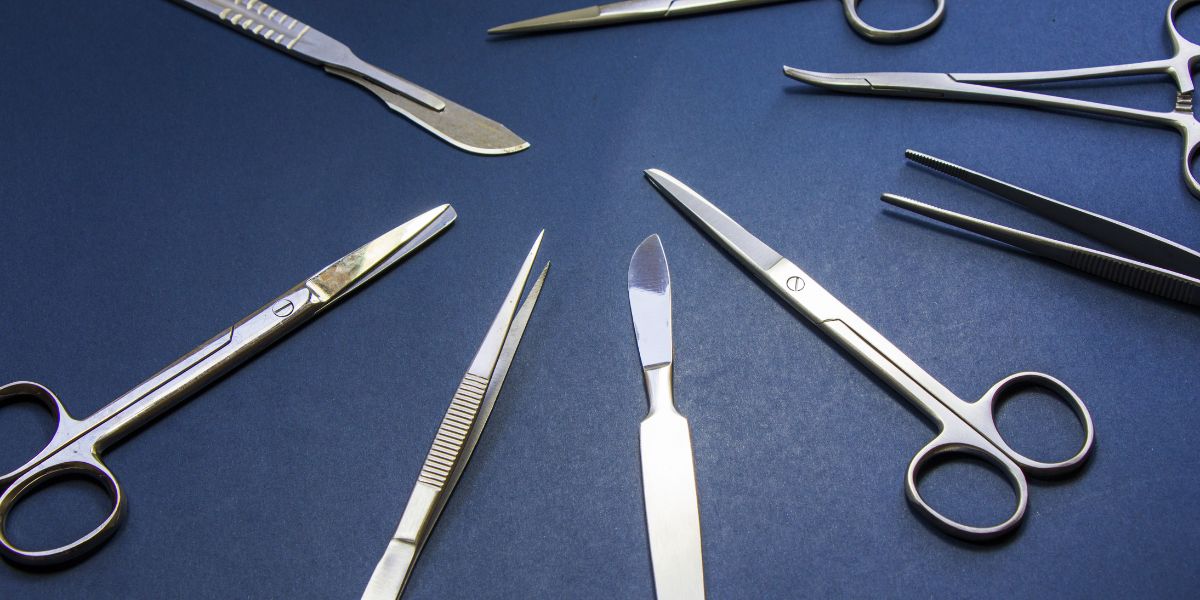
You want your dissection kit to be precise, comfortable, durable, and versatile. Imagine the difference sharp blades, ergonomic handles, quality construction, and a range of tools could make in your dissection work. But what about the little-known features that could take your dissections to the next level?
Sharp and Precise Blades
To ensure successful dissections, your kit should include blades that are both sharp and precise. Sharp blades are essential for making clean and accurate incisions without damaging the specimen. A dull blade can lead to tearing of tissues, making it harder to identify structures and potentially compromising the entire dissection process. Precision is equally important as it allows you to have better control over your cuts, ensuring that you're dissecting exactly what you intend to without causing unnecessary harm.
When selecting blades for your dissection kit, opt for high-quality stainless steel blades that maintain their sharpness over time. Disposable blades are convenient as they eliminate the need for sharpening and ensure consistency in cutting performance. Remember to handle blades with care to prevent accidental cuts or injuries. Additionally, having a variety of blade shapes and sizes can help you tackle different types of dissections effectively.
Ergonomic and Comfortable Handles
A good dissection kit should feature handles that are ergonomically designed for comfortable grip and precise control during dissections. Ergonomic handles are essential for reducing hand fatigue and strain during prolonged use.
When selecting a dissection kit, look for handles that have a comfortable shape and texture, allowing you to maintain a secure grip even when working with slippery or delicate tissues. The handles should also provide sufficient support to prevent accidental slips or cuts, ensuring your safety during dissections.
Additionally, ergonomic handles enhance your ability to maneuver instruments with accuracy and stability, leading to cleaner and more precise dissections. Comfortable handles enable you to focus on the task at hand without distractions or discomfort, promoting efficient workflow and better results.
Prioritize comfort and ergonomics when choosing a dissection kit to enhance your overall dissection experience and achieve optimal outcomes.
Durable and High-Quality Construction
For a reliable dissection kit, prioritize durability and high-quality construction to ensure longevity and efficiency in your dissection tasks. When selecting a kit, look for tools made from strong materials like stainless steel or high-grade plastic. These materials aren't only resistant to corrosion but also ensure that your tools won't break or bend easily during dissections, providing you with consistent performance over time.
High-quality construction also plays a crucial role in the precision of your dissection work. Well-made tools with sharp blades and sturdy handles allow for clean and accurate cuts, making your dissection process smoother and more effective. Additionally, durable construction means that your tools will withstand repeated use without losing their sharpness or functionality.
Investing in a dissection kit with durable and high-quality construction may require a slightly higher upfront cost, but it will ultimately save you money in the long run by lasting through many dissections without needing frequent replacements. Prioritizing durability ensures that your kit will serve you well for years to come, making it a valuable asset for your scientific endeavors.
Versatile Tools for Various Dissections
When selecting a dissection kit, prioritize tools that offer versatility for a wide range of dissection tasks. Having versatile tools in your kit ensures that you're prepared for various dissection projects without the need to purchase multiple specialized kits. Look for kits that include instruments like scissors, forceps, scalpels, and probes. These tools can be used for dissecting different types of specimens, from small animals to larger organisms.
Scissors are essential for cutting through tissues and organs, while forceps help with grasping and holding delicate structures. Scalpels provide precision cutting, especially when dealing with intricate anatomical features. Probes are handy for exploring and separating tissues without causing damage. By having a variety of tools at your disposal, you can tackle a wide range of dissection tasks with ease and efficiency.
Investing in a dissection kit with versatile tools not only saves you money in the long run but also ensures that you have the right instruments for any dissection project that comes your way.




